I
traveled to Panama in late March of 2008. Panama is a country on the
move from the third world to the first. I had the opportunity to
transit the Panama Canal which was an awesome experience. On the
Pacific end of the canal, I was pleasantly surprised by Panama City,
finding it to be a modern and vibrant city. When I traveled there, the
city was constructing a building that will, once completed, be highest
building in the Western Hemisphere. The Panama canal was also under
going a widening, to allow even bigger ships to transit the canal in
the future.
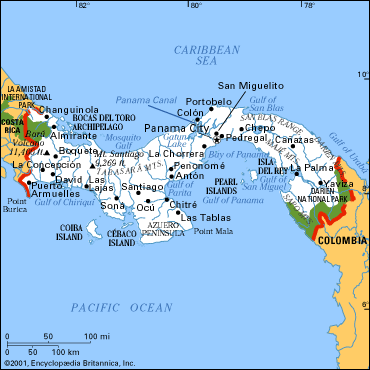 |
Panama
is believed to have first been inhabited by Native American settlers
sometime between 10,000 BC and 18,00BC. The First European to reach
these shores was Spaniard Rodrigo de Bastidas in 1501. Columbus was
believed to have arrived here on his final voyage in 1502. He dropped
anchor near Colon at the mouth of what is now the Panama Canal. In 1513
Vasco Nunez de Balboa was the first European to take a land route
crossing from the Caribbean (Atlantic) to the Pacific. In the
1880's a French company began constructing a canal across the
Panamanian isthmus, but the company lost 22,000 workers to malaria and
yellow fever, and nearly went bankrupt. They sold their rights to the
United States. After the Colombian government refused to give the U.S.
permission to continue the canal, the U.S. government encouraged a
civil war in Colombia which lead to Panama's split from Colombia. This
cleared the way for the U.S. construction of the canal, which was
completed in 1914. Colombia refused to acknowledge Panama's
independence until 1921, when the U.S. government paid Colombia $25
million in compensation. The U.S. presence in Panama continued after
completion of the canal with troops stationed in the country to protect
the waterway, until the last day of 1999, when the U.S. relinquished
control of the canal to Panama.
|
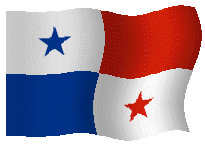 |
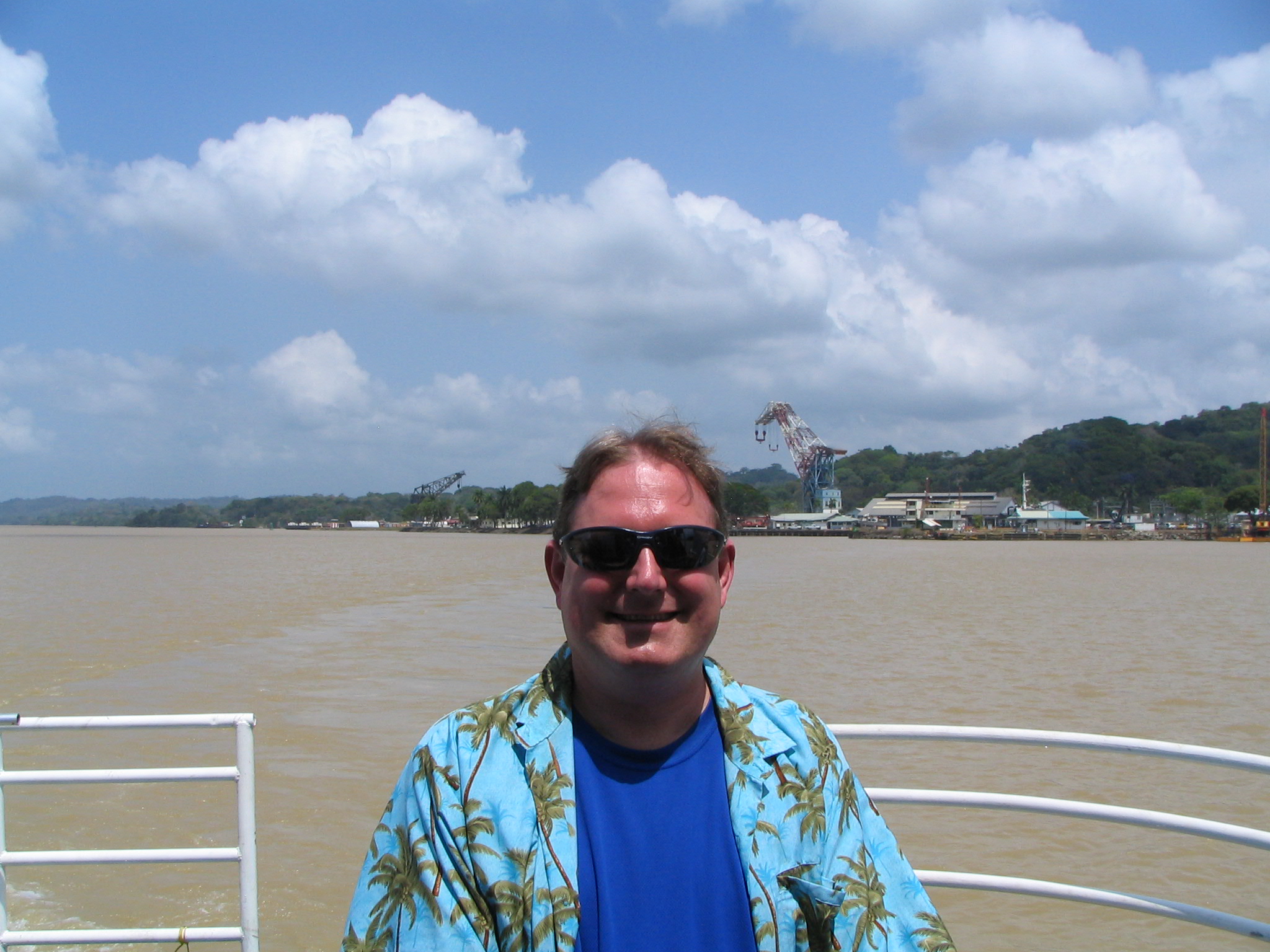
Me on the canal in 2008
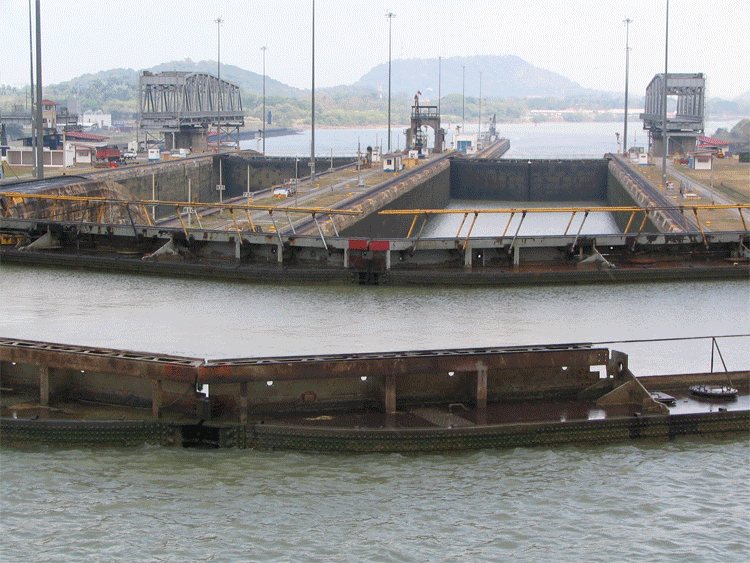
Lowering of the Water level an the opening of the locks on the Pacific Side of the canal
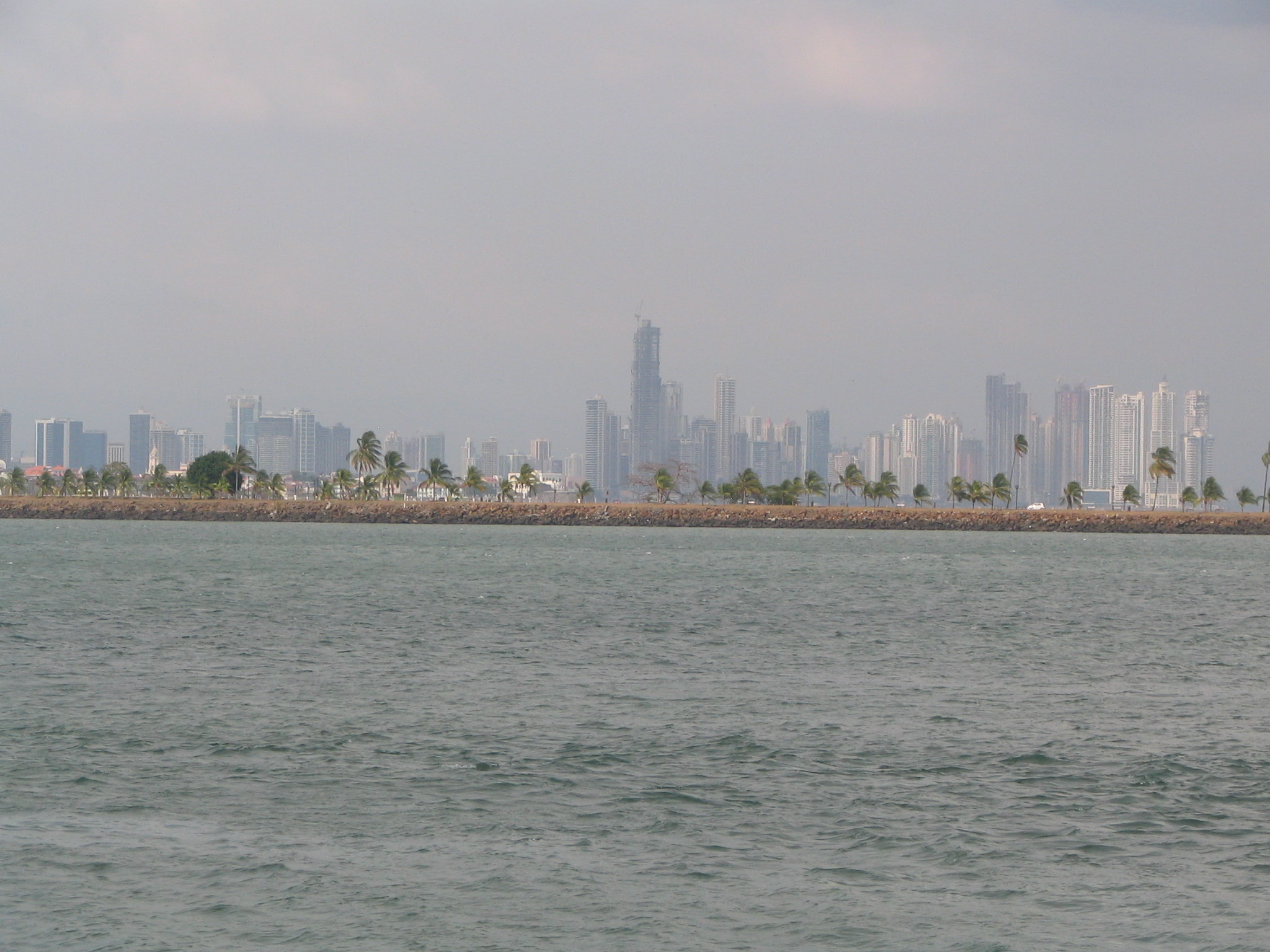
Panama City in March of 2008
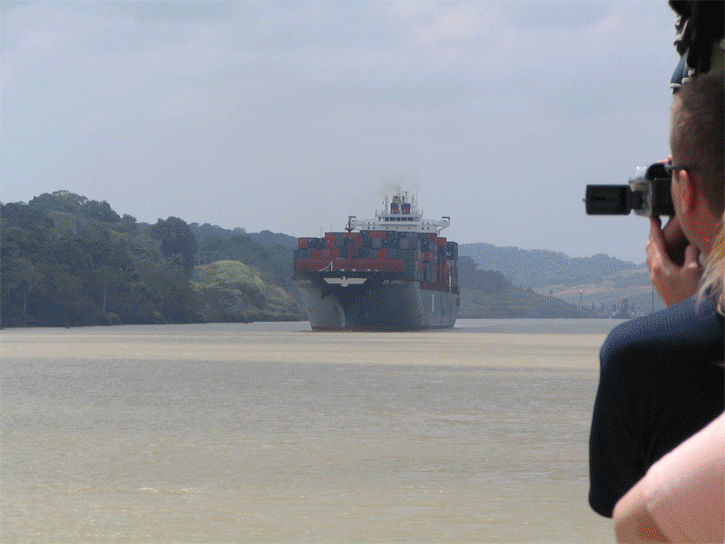
A cargo ship transiting the Panama Canal
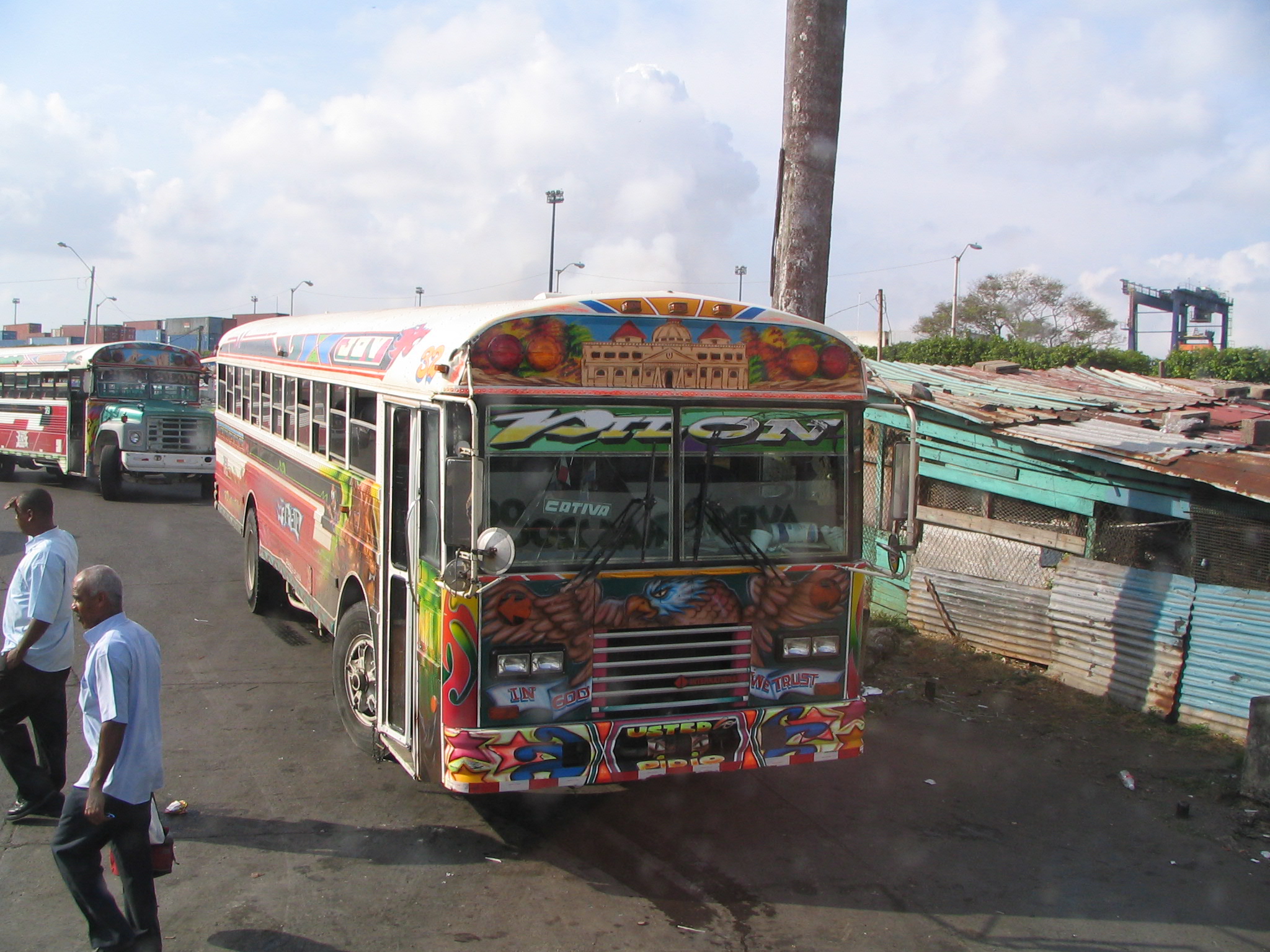
This is an American School Bus that has been repainted and is now being used as a public bus
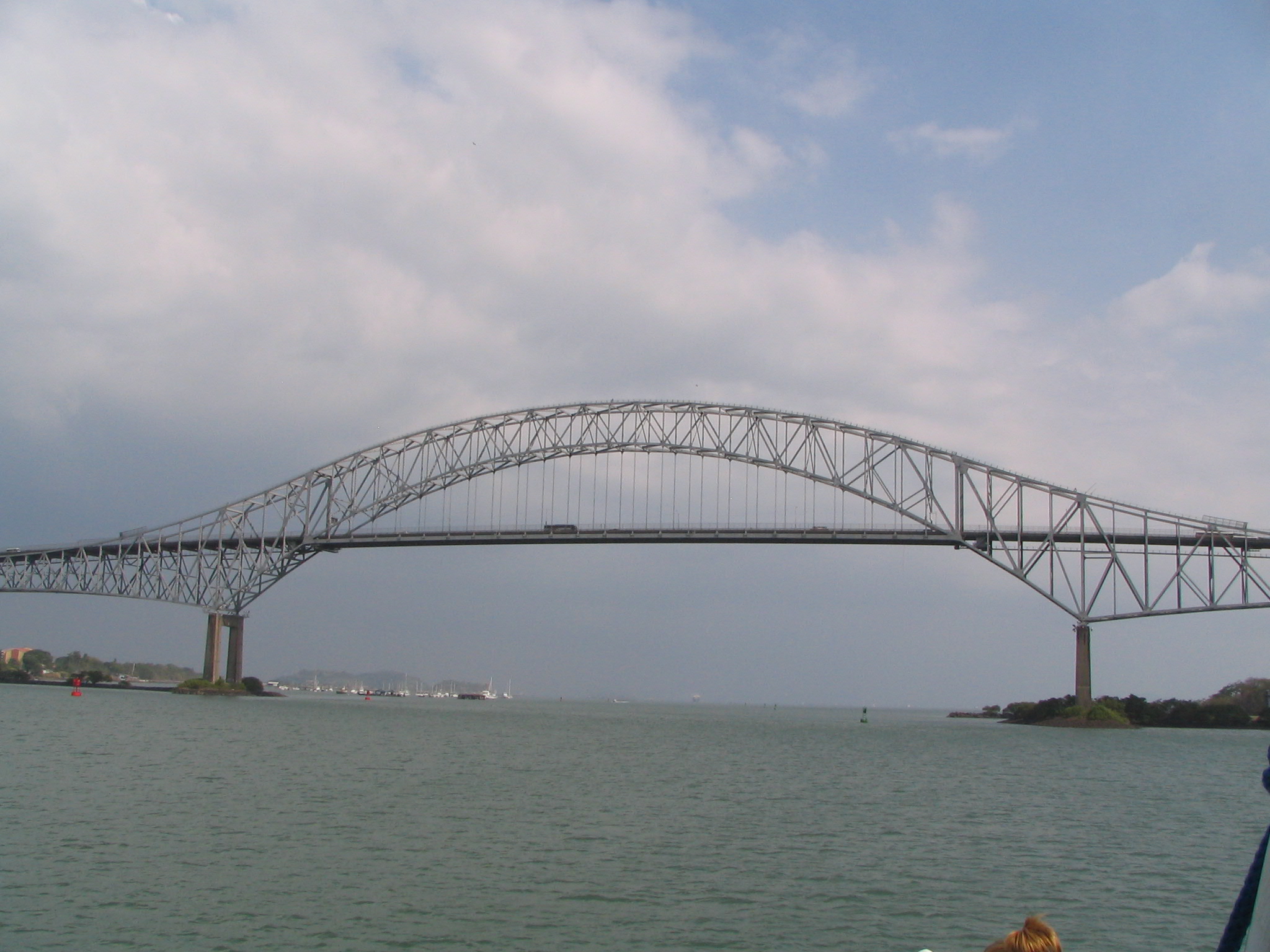
One of two bridges that cross the canal connecting North and South America


